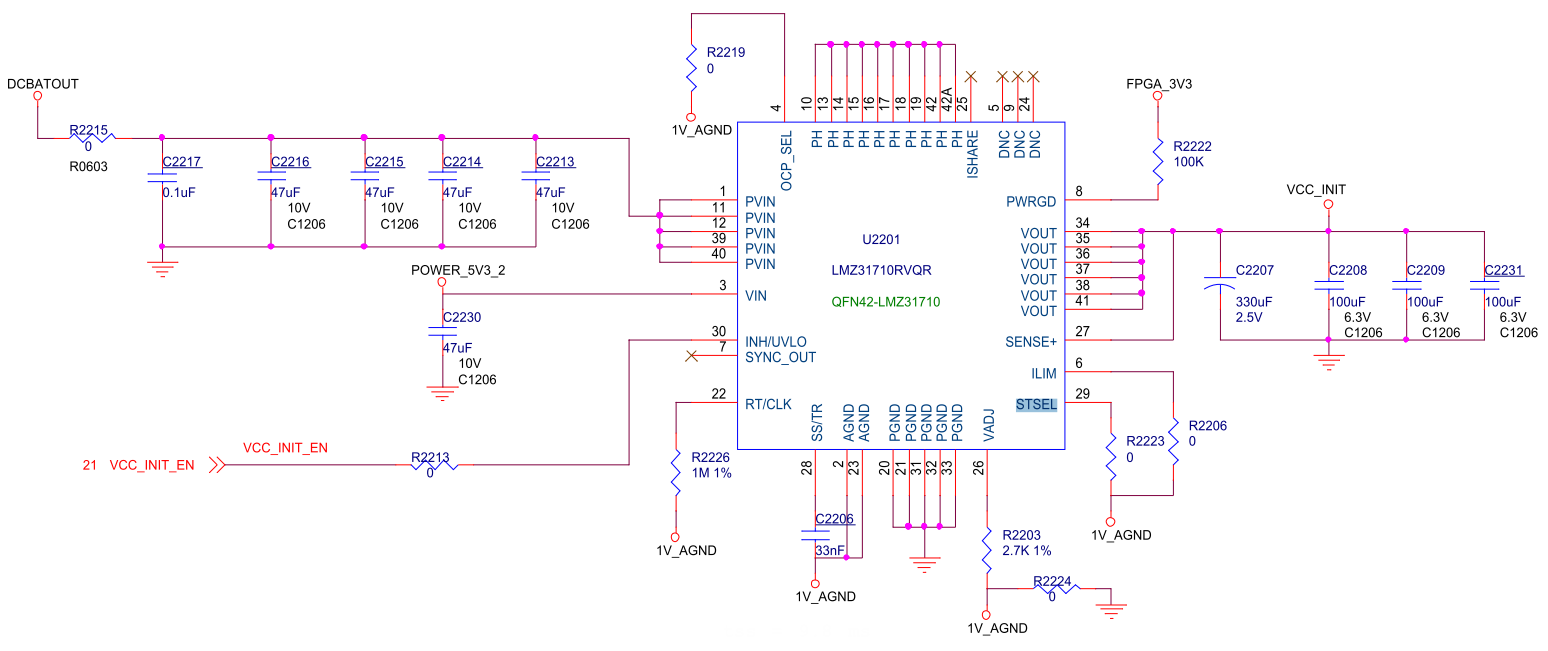Hi
We have 10~20% failure rate after SMT.
Could you help to review schematic as attached? (DCBATOUT:4V, VCC_INIT:1V)
 Besides, do you have recommend stencil pattern for this part?
Besides, do you have recommend stencil pattern for this part?
If we bought this chip on the market (not from agent) , could we send it back to you for further failure analysis after cross verification?
BR,
CY


